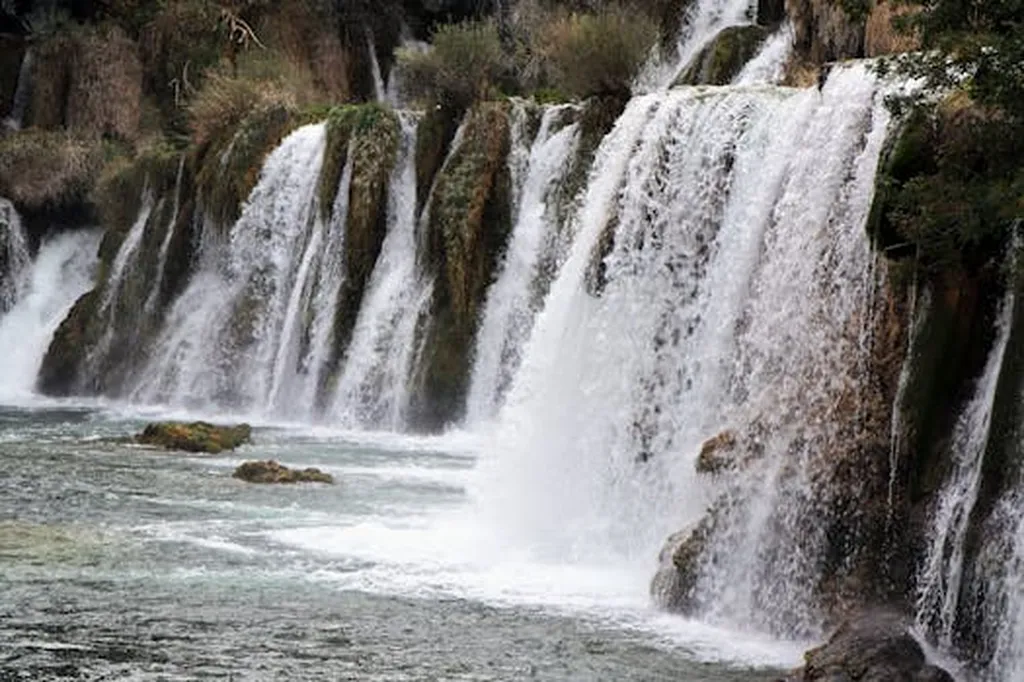In the heart of Beijing, a groundbreaking initiative is unfolding, one that promises to reshape our understanding of the Earth’s subsurface and revolutionize the energy sector. Led by X. Wu of the Development and Research Center of China Geological Survey, a team of researchers is pioneering the creation of a Geological Digital Twin, a comprehensive digital replica of the Earth’s geological systems. This ambitious project, detailed in a recent paper published in the *International Archives of the Photogrammetry, Remote Sensing and Spatial Information Sciences* (known in English as the International Archives of Photogrammetry, Remote Sensing and Spatial Information Sciences), is poised to transform how we manage resources, mitigate disasters, and make critical decisions in the energy industry.
The National Geological Data Center (NGDC) in China has been at the forefront of this endeavor, guided by principles of integrated planning, standardization, and technology-driven services. Their efforts have culminated in the development of extensive multi-dimensional geological models, integrating vast amounts of multi-source, multi-scale data into cohesive database clusters. This integrated approach allows for a more accurate and comprehensive representation of the Earth’s subsurface, enhancing our ability to analyze and interpret geological data.
One of the key achievements of this project is the construction of China’s most extensive 1:50,000 regional geological map database, covering half of the landmass. This database, along with a comprehensive mineral deposit database and a widely utilized online geological map service, serves as a digital replica of the subsurface. “This digital twin allows us to simulate and analyze geological processes in a way that was previously impossible,” says X. Wu. “It’s a game-changer for the energy sector, providing unprecedented insights into resource distribution and potential risks.”
The implications for the energy sector are profound. Accurate geological models are crucial for exploring and extracting resources, from oil and gas to minerals and groundwater. By providing a detailed and dynamic representation of the subsurface, the Geological Digital Twin can help energy companies make more informed decisions, optimize their operations, and minimize environmental impacts.
Moreover, the integration of real-time data and AI-empowered modeling opens up new possibilities for predictive analytics and risk assessment. “We’re not just creating a static model,” explains Wu. “We’re building a dynamic system that can evolve with new data and adapt to changing conditions. This is a significant step towards a more sustainable and efficient approach to resource management.”
The challenges encountered in this project are not insignificant. Integrating multi-source data, ensuring data quality and consistency, and developing the necessary computational infrastructure are all complex tasks. However, the potential benefits far outweigh these challenges. As the project continues to evolve, it is expected to pave the way for similar initiatives worldwide, shaping the future of geological modeling and resource management.
In the words of X. Wu, “This is just the beginning. The Geological Digital Twin represents a new era in our understanding of the Earth’s subsurface. It’s an exciting time for the energy sector, and we’re proud to be at the forefront of this transformation.” As the project continues to unfold, it will be fascinating to see how this digital twin shapes the future of the energy sector and beyond.

